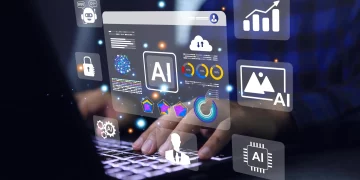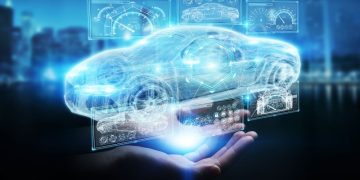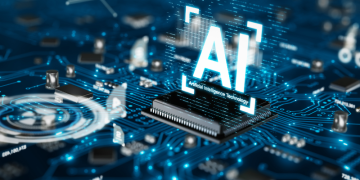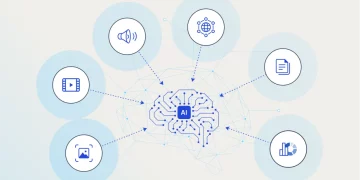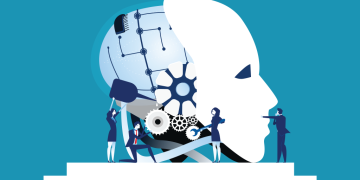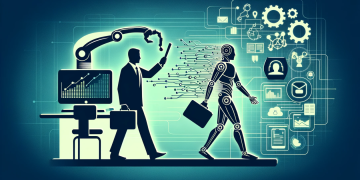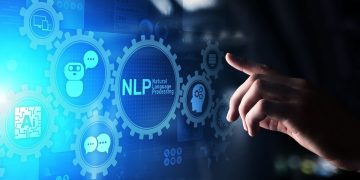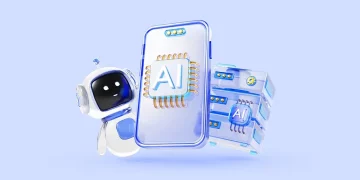Artificial Intelligence (AI) has made remarkable progress over the past decade, moving rapidly from theoretical research into powerful, real-world applications. From virtual assistants and autonomous vehicles to drug discovery and financial forecasting, AI is increasingly embedded in our daily lives and economic systems. Yet experts agree: we are still only scratching the surface.
So where will the next major breakthroughs in AI come from? What research frontiers are poised to redefine the boundaries of what’s possible? And how will these advances translate into impactful, scalable commercial solutions?
In this article, we explore the key domains—spanning both academic research and industry innovation—where AI is expected to make transformative leaps in the coming years.
1. Multimodal Learning: Toward Human-Like Understanding
One of the most promising areas of current AI research is multimodal learning—AI systems that can process and reason across multiple types of data, such as text, images, audio, and video. While today’s most advanced models often specialize in one mode (e.g., text or vision), the next generation of AI will integrate them to achieve deeper, more human-like understanding.
Why it matters
Humans don’t rely on a single sense to understand the world. We synthesize sights, sounds, language, and context simultaneously. Building AI systems that can do the same is essential for achieving general intelligence.
Example applications
- Autonomous vehicles that fuse camera, lidar, and audio inputs to better navigate complex environments.
- AI tutors that understand both spoken and written input, interpreting students’ emotions and learning patterns.
- Retail assistants that combine image recognition and natural language understanding to recommend products.
Companies like OpenAI, DeepMind, and Meta AI are actively pursuing research in multimodal models, and tools like GPT-4o, Gemini, and Claude Opus are early signals of this trend gaining traction.
2. Self-Supervised and Foundation Models: Scaling Intelligence with Less Data
Traditionally, AI models have required large amounts of labeled data. However, labeling is expensive and often impractical at scale. That’s why self-supervised learning (SSL)—where models learn patterns from raw, unlabeled data—is revolutionizing the field.
Closely related are foundation models: large-scale AI systems trained on broad datasets that can be fine-tuned for a variety of downstream tasks.
Why it matters
Self-supervised learning reduces the need for costly human annotation and allows AI to train on more natural, abundant data. This enables foundation models to become more general-purpose and adaptive.
Example applications
- Language models like GPT and LLaMA, which use self-supervised techniques to master grammar, logic, and reasoning.
- Vision transformers (ViT) that learn visual patterns from millions of unlabeled images.
- Healthcare diagnostics where models learn from vast quantities of unstructured patient records and medical images.
This shift is key to building scalable, adaptable AI systems that work across domains—and in low-resource settings where labeled data is scarce.
3. Reinforcement Learning and Decision-Making AI
While supervised learning excels at pattern recognition, it struggles with sequential decision-making and long-term planning. That’s where reinforcement learning (RL) comes in.
RL trains agents to interact with environments, learn from feedback, and optimize outcomes over time. It’s a fundamental building block for developing AI that acts autonomously and adapts dynamically.
Why it matters
Real-world applications—from robotics to finance—require intelligent agents that can reason, plan, and learn from trial and error in complex environments.
Breakthrough directions
- RL + Language Models: Combining decision-making with large language models to create agents that follow natural language instructions.
- Multi-agent systems: Enabling multiple AI agents to coordinate, compete, and learn in dynamic, shared environments.
- Offline RL: Training policies from historical data (e.g., past medical treatments, business actions) without online experimentation.
Companies like DeepMind (AlphaZero, AlphaFold), OpenAI (OpenAI Five) and Tesla (Autopilot) are pioneering in this space, and researchers believe RL will play a central role in enabling next-generation robotics and autonomous systems.
4. AI for Scientific Discovery and Drug Development
AI is becoming an indispensable tool in scientific research, helping accelerate discoveries in physics, biology, materials science, and chemistry. A landmark example is AlphaFold by DeepMind, which predicted the structure of nearly every known protein with remarkable accuracy—solving a 50-year-old grand challenge in biology.
Why it matters
The scientific method is slow, expensive, and limited by human cognitive capacity. AI can augment scientists by rapidly analyzing data, proposing hypotheses, and simulating experiments.
Key breakthroughs
- Protein folding & molecular simulation: Used in drug discovery and understanding diseases.
- AI-designed materials: For cleaner energy, better batteries, and more efficient manufacturing.
- Large-scale chemistry models: That generate new molecules and predict their properties.
Startups like Insitro, Recursion, and Atomwise are turning these advances into real commercial products, applying AI to reduce drug development timelines and costs dramatically.
5. Edge AI and Energy-Efficient Intelligence
Today’s most powerful AI models are often cloud-based, requiring large data centers and high energy consumption. But the future of AI will also depend on edge computing—deploying AI models directly on devices like smartphones, cameras, and IoT sensors.
To enable this, researchers are exploring lightweight models, neuromorphic chips, and energy-efficient architectures that bring intelligence to the edge.
Why it matters
Low-latency, on-device AI is essential for:
- Privacy: Keeping sensitive data (like health or facial images) local.
- Autonomy: Powering AI in drones, robots, or remote locations with limited connectivity.
- Sustainability: Reducing the environmental footprint of AI computing.
Efforts by companies like Apple (Neural Engine), Qualcomm, and NVIDIA (Jetson) reflect a growing shift toward high-performance, low-power AI chips.
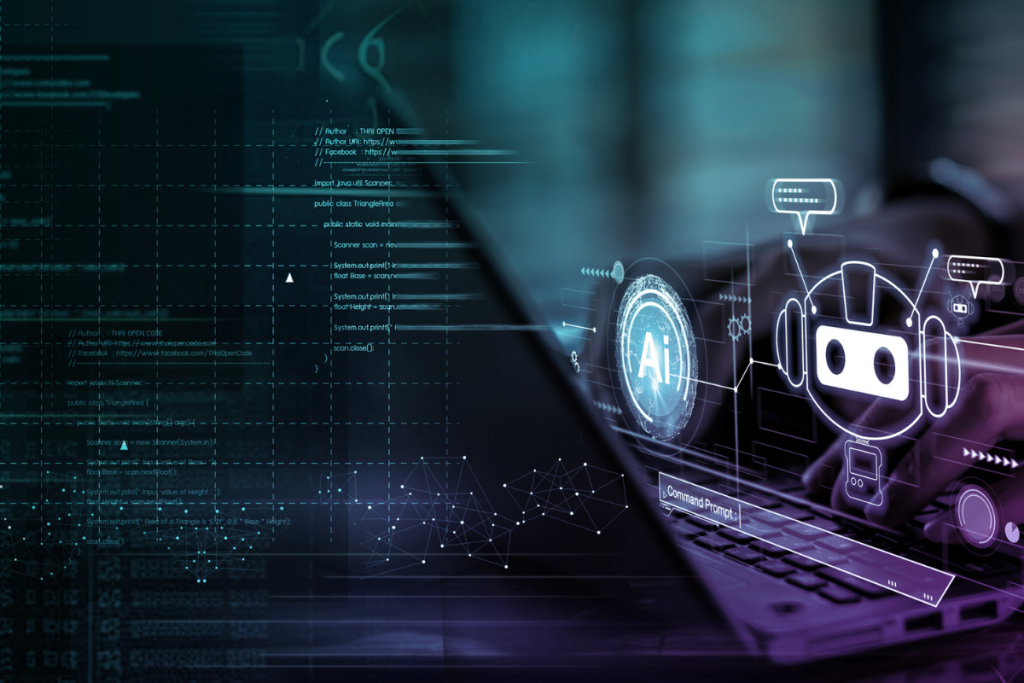
6. Explainable and Trustworthy AI
As AI systems are used in high-stakes domains—medicine, law, finance, and public policy—explainability, fairness, and transparency are more critical than ever.
Users, regulators, and organizations need to understand why an AI system made a particular decision, and whether that decision is fair, safe, and consistent.
Why it matters
Without trust, even the most capable AI systems will face resistance. Explainable AI (XAI) builds confidence, reduces risk, and ensures compliance with regulations like the EU AI Act.
Emerging approaches
- Interpretable models: Simpler models that trade some accuracy for transparency.
- Post-hoc explanations: Techniques like SHAP or LIME that help interpret predictions from complex models.
- Auditing tools: For detecting bias, drift, and safety issues before deployment.
Organizations like AI Now Institute, Partnership on AI, and OECD.AI are leading global efforts to standardize responsible AI practices and develop governance frameworks.
7. Generative AI: Expanding the Frontier of Creativity
Perhaps no field has attracted more attention recently than generative AI—models that can create original content, from images and music to code and stories.
Tools like ChatGPT, Midjourney, Claude, and Sora have demonstrated just how far AI can go in mimicking (and enhancing) human creativity.
Why it matters
Generative AI is revolutionizing creative industries, software development, marketing, and education by dramatically accelerating content production and prototyping.
What’s next?
- Multimodal generation: Seamlessly generating text, video, audio, and 3D models from a single prompt.
- Personalized content: AI that tailors creative outputs to individual tastes and cultural context.
- AI + Human collaboration: Co-creative tools where AI supports human vision without replacing it.
As companies continue to build on transformer-based architectures, generative AI will expand into fields like game design, simulation, virtual worlds, and the metaverse.
Conclusion: The Road Ahead for AI Innovation
The future of AI is being shaped at the intersection of deep research and real-world application. Breakthroughs in multimodal learning, reinforcement learning, edge computing, generative models, and scientific discovery are rapidly transforming what’s possible—not only in labs but in industries across the globe.
But with these innovations come new responsibilities. Ensuring that AI is trustworthy, ethical, inclusive, and sustainable will be as crucial as achieving raw performance gains.
The most important breakthroughs won’t just be technical—they will also redefine how AI fits into the human story: augmenting our intelligence, extending our capabilities, and helping us solve the world’s most pressing challenges.
As Yoshua Bengio, one of the fathers of deep learning, put it:
“We should not aim to make AI systems that replace humans, but ones that empower them to be better versions of themselves.”
That vision—of collaborative, empowering AI—is where the true frontier lies.




